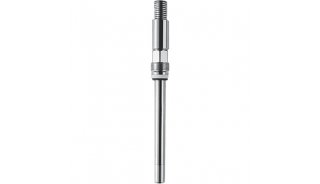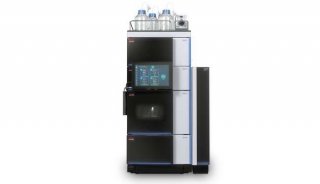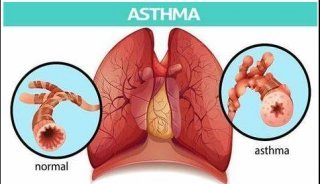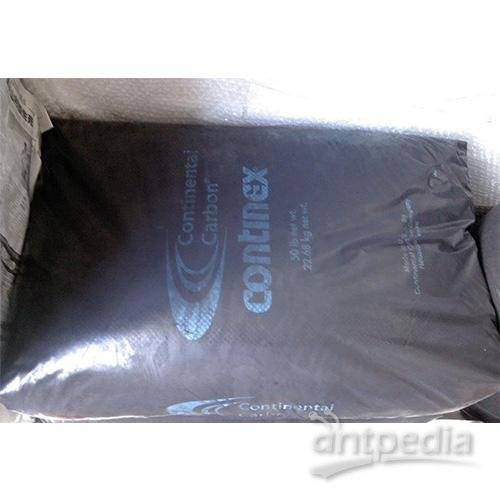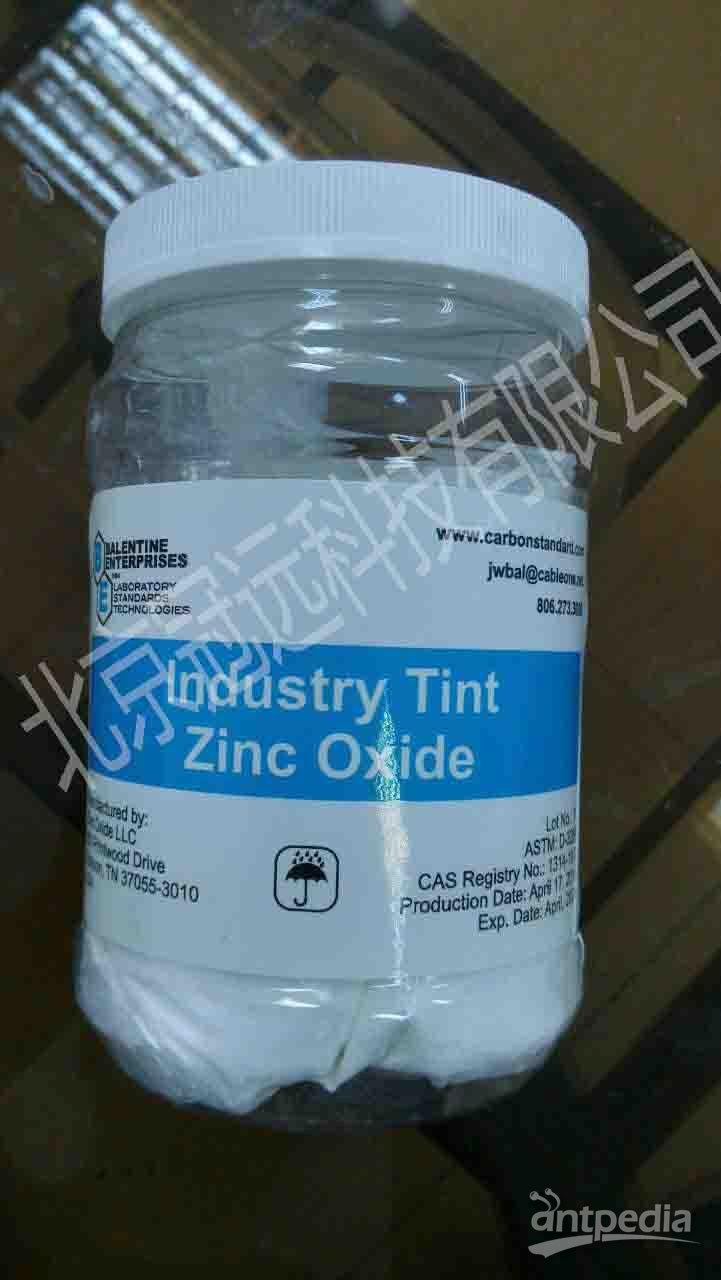FDA刚重磅发布《Bioanalytical Method Validation Guidance for Industry》
C.验证方法:期望的研究分析和报告
本节介绍了使用经过验证的生物分析方法进行常规药物分析的预期。表1列出了具体要求和验收标准。
•如果评估系统适用性,应使用特定的SOP。应使用独立于当前研究校准品,QC和研究样品的样品确定系统适用性,包括仪器条件和仪器性能。应保持系统适用性记录并可用于审计。
•校准曲线和QC应包含在所有分析过程中(详见表1)。 QC应涵盖预期的研究样本浓度范围。
•通常,在验证过程中确定的曲线拟合,加权和吻合度应该用于研究中的校准曲线。验证和研究样本分析之间响应函数关系的变化表明潜在的问题。应该先行制定SOP以解决这些问题。
•所有QC样品的总数至少应为样品总数的5%,或至少为6个(低,中,高QC,一式两份),以较大者为准(详见表1)。应该在一次运行中的所有不同处理批次中使用重复的低,中,高QC。
•如果研究样品浓度聚集在标准曲线的较窄范围内,则应添加额外的QC以涵盖样品范围。如果额外的QC浓度没有在研究之前通过验证的QC括起来,则应在继续分析之前证明额外QC的准确度和精确度。如果部分验证是可接受的,那么已经分析过的样品不需要重新分析。
•在处理和分析过程中,QC应该与研究样本分开。
•在每次分析过程中,应确认LLOQ中分析物干扰的缺乏(见表1选择性和灵敏度)。
•如果不符合校准和/或QC验收标准,则分析运行失败(参见表1)。
•在研究样本分析过程中,应将包含符合验收标准的分析结果(包括异常值)的质控结果(包括异常值)纳入对精度和精度的估计中。应报告所有分析运行的QC结果(通过和失败),但不包括运行失败的QC结果作为准确度和精度估计的一部分。
• If the bioanalytical method necessitates separation of the overall analytical run into distinct processing batches (e.g., groups of samples processed at distinctly different times or by different analysts), each distinct batch should process duplicate QCs at all levels (e.g., low, middle, high) along with the study samples. Examples might include when the number of samples exceeds the capacity of a 96-well plate or when a solid phase extraction manifold cannot accommodate all samples. See Table 1 for what constitutes an acceptable run based on QC acceptance criteria. A distinct batch or batches in an analytical run may be rejected when it fails to meet QC acceptance criteria, but the remaining batches may pass provided that the analytical run meets the overall QC acceptance criteria.
• Study samples with concentrations listed below the LLOQ should be reported as below the LLOQ (BQL). Study samples with concentrations above the ULOQ should be diluted and re-analyzed, or the standard curve should be extended and revalidated.
• Study sample dilutions should use the same matrix (e.g., human plasma to human plasma).
• Assays of all study samples of an analyte in a biological matrix should be completed within the time period for which stability data are available. If sample handling conditions are changed or exceed validated stability data, then the stability of the sample should be established at the new conditions.
• For CCs, the IS response should be monitored for variability. An SOP should be developed a priori to address issues with IS variability.
• Drift should be monitored and its impact on the accuracy of the estimated unknown sample concentrations, if any, should be addressed (e.g., the impact of drift on the accuracy of interspersed QCs).
• All study samples from a subject should be analyzed in a single run, especially for studies designed with repeated measures from individual subjects (e.g., crossover or sequential design required for BE studies). If other approaches are taken, the sponsor or applicant should justify the approach and take steps to minimize the variability between periods.
• Carryover, if any, should be monitored, and its impact on the quantitation of study samples should be addressed.
• Incurred sample reanalysis (ISR) should be performed (See section IV, Table 1 and Table 2).
• An SOP or guideline describing the reasons for a repeat analysis should be established a priori. Repeat analysis is acceptable only for assignable causes (e.g., the samples are above the ULOQ, there are sample processing errors, there is an equipment failure, the chromatography is poor). The SOP should include the acceptance criteria for re-analysis, and the sponsor or applicant should report final values. The specific requirements are described in Table 1 and Table 2. The rationale, approach, and all data for the repeat analysis and reporting should be clearly documented.
• For study samples involving multiple analytes, a valid result for one analyte should not be rejected because of another analyte failing the acceptance criteria.
• If a unique or disproportionately high concentration of a metabolite is discovered in human studies, a fully validated assay may need to be developed for the metabolite, depending upon its activity (refer to the FDA guidance for industry entitled Safety Testing of Drug Metabolites10).
• An SOP or guideline for sample data reintegration for CCs should be established a priori. This SOP or guideline should define the criteria for re-integration and how the reintegration will be performed. The rationale for the re-integration should be clearly described and documented. Audit trails should be maintained. Original and re-integrated data should be documented and reported.
•如果生物分析方法需要将整个分析过程分为不同的处理批次(例如,在明显不同的时间处理或不同分析者处理的样品组),则每个不同的批次应处理所有级别的重复QC(例如低,中,高)与研究样本一起。例如,当样品数量超过96孔板的容量或固相萃取歧管不能容纳所有样品时。根据QC验收标准,参见表1了解什么构成可接受的运行。如果不符合QC验收标准,分析过程中的不同批次或批次可能会被拒绝,但只要分析运行符合整体QC验收标准,剩余批次可以通过。
•研究LLOQ以下所列浓度的样品应报告为低于LLOQ(BQL)。研究浓度高于ULOQ的样品应稀释并重新分析,或标准曲线应扩展并重新验证。
•研究样品稀释液应使用相同的基质(例如人血浆与人血浆)。
•生物基质中分析物的所有研究样品的测定应在稳定性数据可用的时间段内完成。如果样品处理条件发生变化或超过有效的稳定性数据,则应在新条件下确定样品的稳定性。
•对于CC,应该监测IS响应的变化性。应该先行制定SOP以解决IS变率的问题。
•应监测漂移,并应对其影响(如果有的话)估计的未知样品浓度的准确性(例如漂移对散布QC的准确性的影响)。
•所有来自受试者的研究样本都应该一次性分析,特别是针对个别受试者重复测量设计的研究(例如,BE研究所需的交叉或顺序设计)。如果采取其他方法,申办者或申请人应该证明该方法合理,并采取措施最大限度地减少期间之间的差异。
•如果存在遗留结果,应该对其进行监测,并且应该解决其对定量研究样品的影响。
•应进行发生样品再分析(ISR)(见第IV节表1和表2)。
•描述重复分析原因的标准操作规程或准则应先验确定。重复分析仅适用于可归因的原因(例如,样品高于ULOQ,存在样品处理错误,设备故障,色谱不佳)。 SOP应包括重新分析的接受标准,申办者或申请者应报告最终值。具体要求如表1和表2所述。重复的基本原理,方法和所有数据









